The Gregorian calendar was soon adopted by most Catholic countries (e.g., Spain, Portugal, Poland, most of Italy).
- Protestant countries followed later, and the countries of Eastern Europe adopted the "new calendar" even later.
- In the British Empire (including the American colonies), Wednesday 2 September 1752 was followed by Thursday 14 September 1752.
- For 12 years from 1700 Sweden used a modified Julian calendar, and adopted the Gregorian calendar in 1753, but Russia remained on the Julian calendar until 1918 (1 February became14 February), while
- Greece continued to use it until 1 March 1923 (Gregorian).[97]
==========================================================================
"They look at the years and they count, one, two, three, four," says Parish. "And then they start counting again at four – so they count four, five, six, seven. Then they start at seven – so seven, eight, nine, 10. So they're accidentally double-counting one of those years each time. It doesn't take long to realise that slippage is starting to occur."
This was corrected in the reign of Augustus and leap years happened every four years instead of every three, and then the Julian calendar was well on its way. "Julius Caesar is getting it almost bang on where the calendar needs to be," says Parish.
It might have been the only calendar needed for the job, if the Earth did in fact do a neat extra quarter-turn each year. But it's a little bit short – by about 11 minutes.
"That means slowly but surely we're still running out of sync," says Brown.
Why Julius Caesar's Year of Confusion was the longest year in history
By Martha HenriquesFeatures correspondent@Martha_Rosamund
- "That's what the Gregorian calendar reform then corrected for – noting this and adapting that calendar slightly more so, making sure that it is not only just every four years, but then every 100 years they make sure that they skip that rule," says Brown.
- "But then they noted that doesn't fully match – you've overcompensated. So every 400 years, you don't skip it.
- "That's why, for example, the year 2000 was a leap year: because it is divisible by both 100 and 400.
- "It's a calendar that's implemented by Papal decree and that actually doesn't have authority outside the Church and outside the auspices of the Bishop of Rome."
There were people who complained that the Pope effectively stole 10 or 11 days of their time by adjusting the calendar, says Parish. Nonetheless, over the centuries more and more countries adopt the Gregorian calendar. "But, gloriously, they don't all do it at the same time," says Parish. "So you've tidied up the calendar, but you've now got calendars in different countries that are running on very different models."
Read more about the people who live in multiple timelines.
Once the Gregorian calendar was widely adopted and internationally synchronised, it had several millennia of accuracy built in. But it's still not perfect.
In fact, around the middle of the 56th Century, "somebody is going to scratch their head and say, 'Hang on a minute, it should be Monday, but it's actually looking like Tuesday'," says Parish. "I think that's probably a margin of error that we're going to end up accepting."
Until that Monday (or Tuesday), the Gregorian calendar has at least bought us a bit of time.
--
If you liked this story, sign up for The Essential List newsletter – a handpicked selection of features, videos and can't-miss news delivered to your inbox every Friday.
Join one million Future fans by liking us on Facebook, or follow us on Twitter or Instagram.
==========================================================================
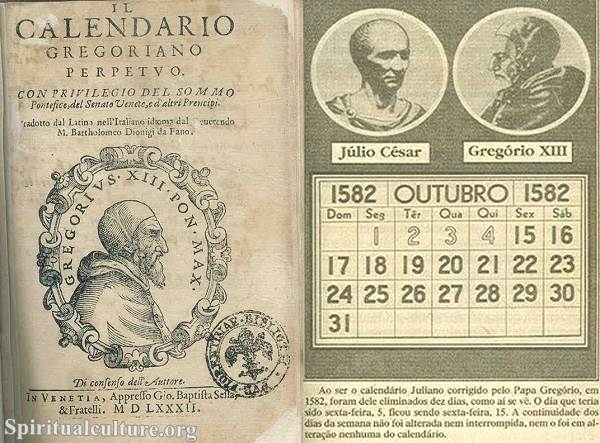

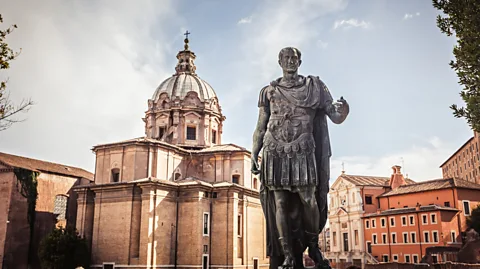
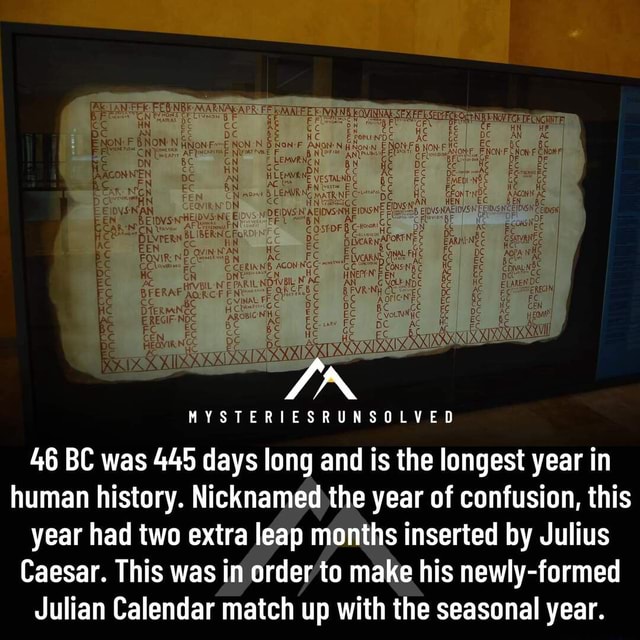
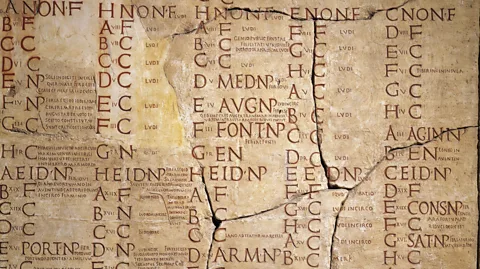

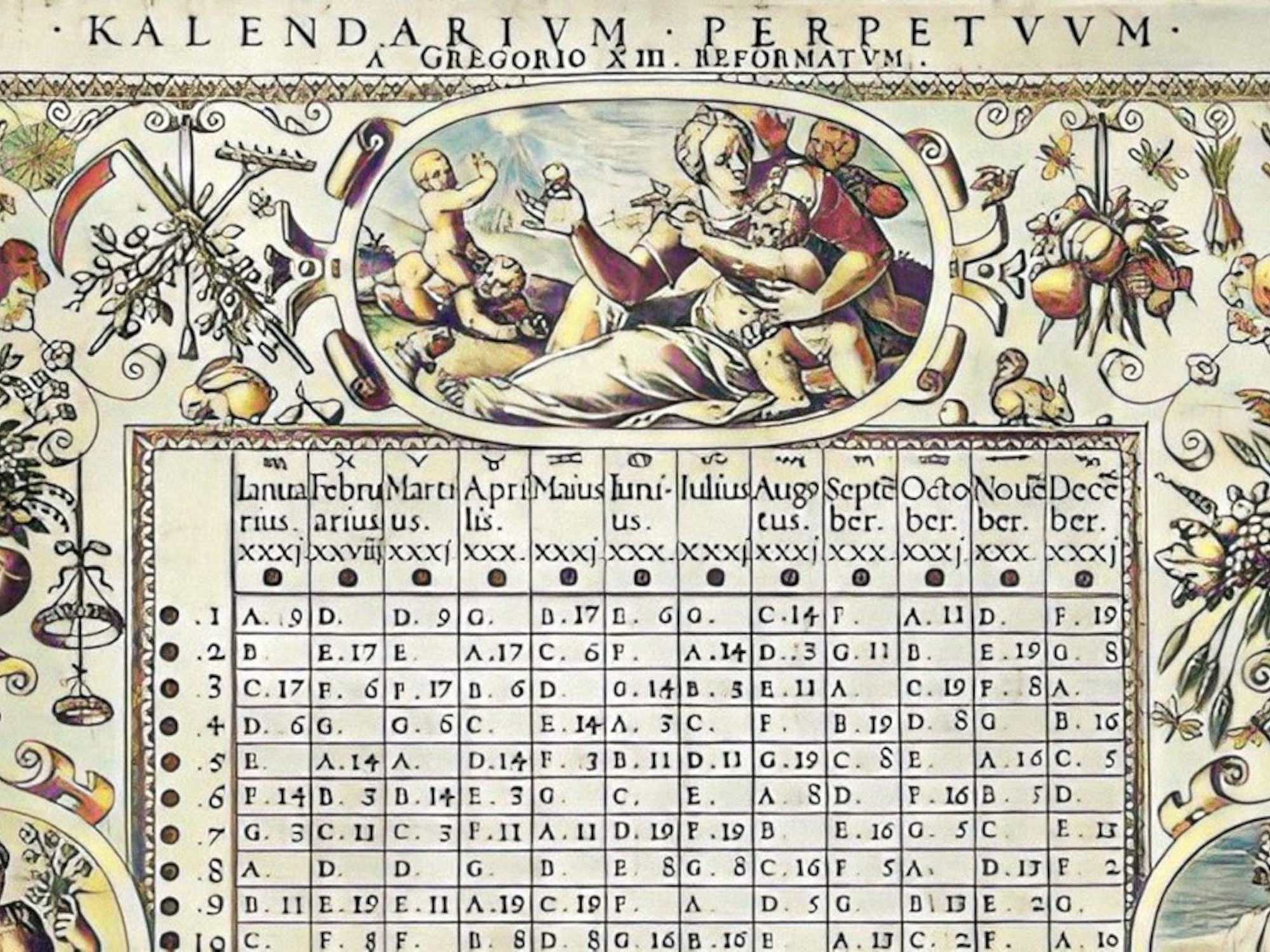

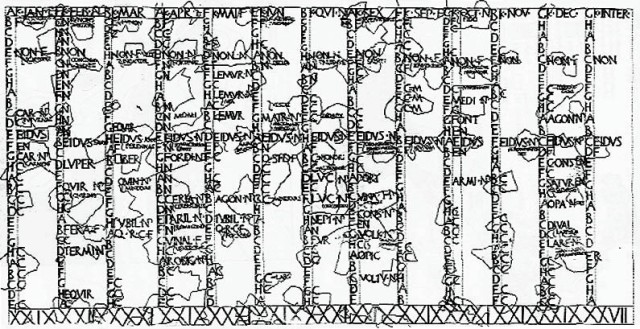
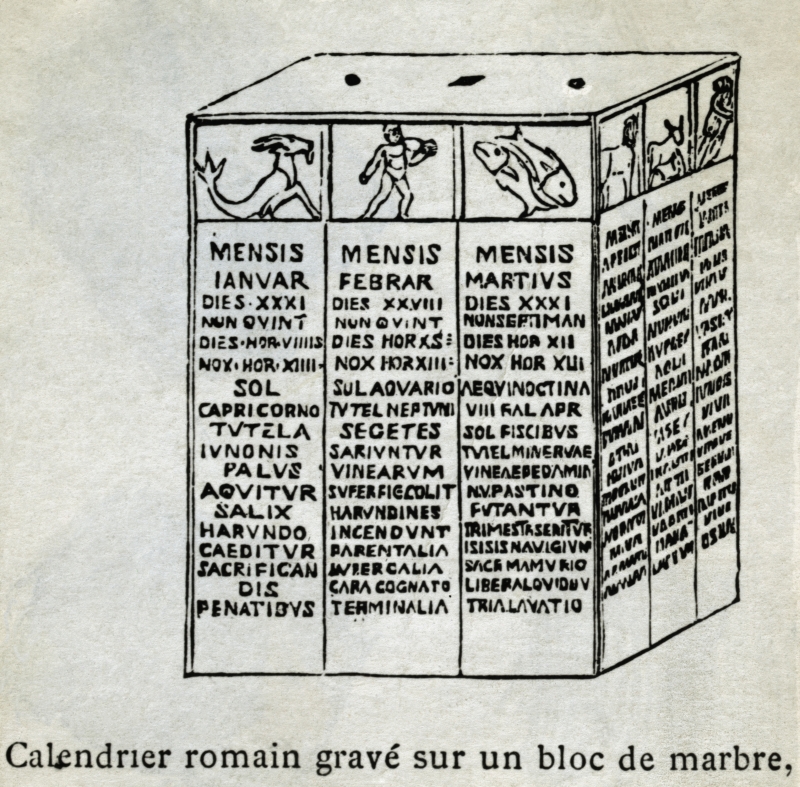
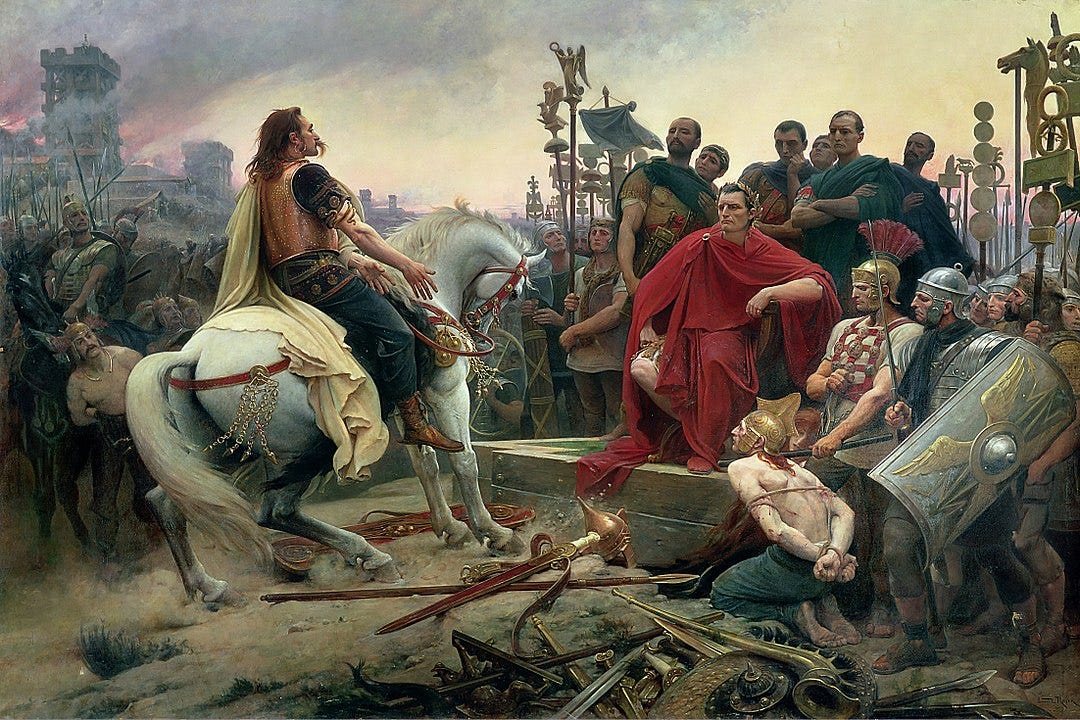




No comments:
Post a Comment